42 chromosome structure labeling
Chromosome - Definition, Function & Structure | Biology... Oct 4, 2019 · A chromosome is a string of DNA wrapped around associated proteins that give the connected nucleic acid bases a structure. During interphase of the cell cycle, the chromosome exists in a loose structure, so proteins can be translated from the DNA and the DNA can be replicated. Chromosome Definition & Meaning - Merriam-Webster The meaning of CHROMOSOME is any of the rod-shaped or threadlike DNA-containing structures of cellular organisms that are located in the nucleus of eukaryotes, are usually ring-shaped in prokaryotes (such as bacteria), and contain all or most of the genes of the organism; also : the genetic material of a virus.
DNA, Genes & Chromosomes Overview - Cleveland Clinic Chromosomes are structures that look like thread, which live in the nucleus (center) of cells. One molecule of DNA and one protein make up one chromosome. Chromosomes are different sizes, and proteins called histones allow them to pack up small enough to fit in a nucleus. Without these, our chromosomes would be as tall as we are!
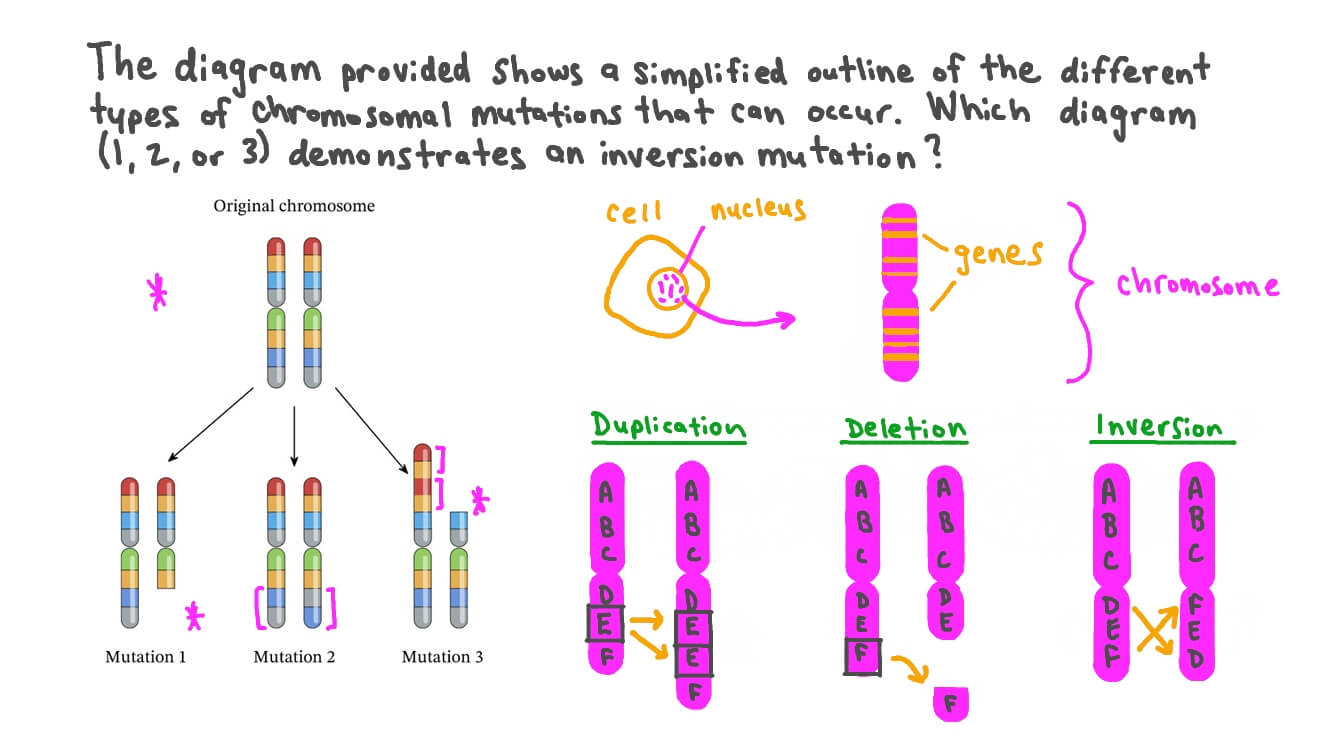
Chromosome structure labeling
Chromosome | Structure & Function | Britannica chromosome, the microscopic threadlike part of the cell that carries hereditary information in the form of genes. A defining feature of any chromosome is its compactness. For instance, the 46 chromosomes found in human cells have a combined length of 200 nm (1 nm = 10− 9 metre); if the chromosomes were to be unraveled, the genetic material they contain would measure roughly 2 metres (about 6.5 feet) in length. Chromosome: definition, structure, types, & composition - Java Chromosome: definition, structure, types, & composition. A chromosome is a thread-like structure located in the nucleus of cells such as plant, animal and human cells. Each chromosome is made of a molecule of DNA (Deoxyribonucleic acid) and histone proteins. Its unique structure keeps the two DNA strands tightly wrapped around the histone proteins. What is a chromosome?: MedlinePlus Genetics Chromosomes are not visible in the cell’s nucleus—not even under a microscope—when the cell is not dividing. However, the DNA that makes up chromosomes becomes more tightly packed during cell division and is then visible under a microscope. Most of what researchers know about chromosomes was learned by observing chromosomes during cell division. Each chromosome has a constriction point called the centromere, which divides the chromosome into two sections, or “arms.”.
Chromosome structure labeling. Genes and Chromosomes - MSD Manual Consumer Version Chromosomes are structures within cells that contain a person's genes. Genes are contained in chromosomes, which are in the cell nucleus. A chromosome contains hundreds to thousands of genes. Every normal human cell contains 23 pairs of chromosomes, for a total of 46 chromosomes. What is a chromosome?: MedlinePlus Genetics Chromosomes are not visible in the cell’s nucleus—not even under a microscope—when the cell is not dividing. However, the DNA that makes up chromosomes becomes more tightly packed during cell division and is then visible under a microscope. Most of what researchers know about chromosomes was learned by observing chromosomes during cell division. Each chromosome has a constriction point called the centromere, which divides the chromosome into two sections, or “arms.”. Chromosome: definition, structure, types, & composition - Java Chromosome: definition, structure, types, & composition. A chromosome is a thread-like structure located in the nucleus of cells such as plant, animal and human cells. Each chromosome is made of a molecule of DNA (Deoxyribonucleic acid) and histone proteins. Its unique structure keeps the two DNA strands tightly wrapped around the histone proteins. Chromosome | Structure & Function | Britannica chromosome, the microscopic threadlike part of the cell that carries hereditary information in the form of genes. A defining feature of any chromosome is its compactness. For instance, the 46 chromosomes found in human cells have a combined length of 200 nm (1 nm = 10− 9 metre); if the chromosomes were to be unraveled, the genetic material they contain would measure roughly 2 metres (about 6.5 feet) in length.


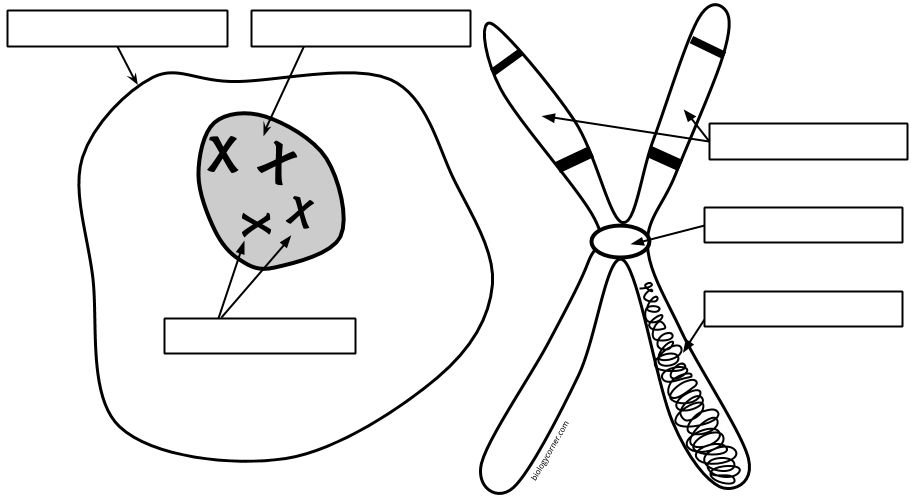
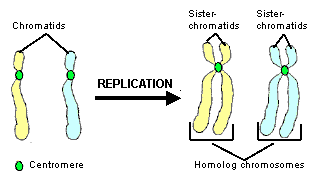




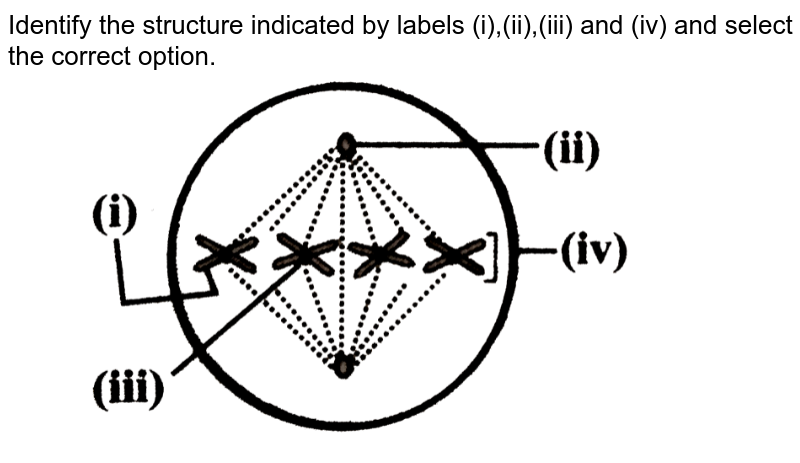
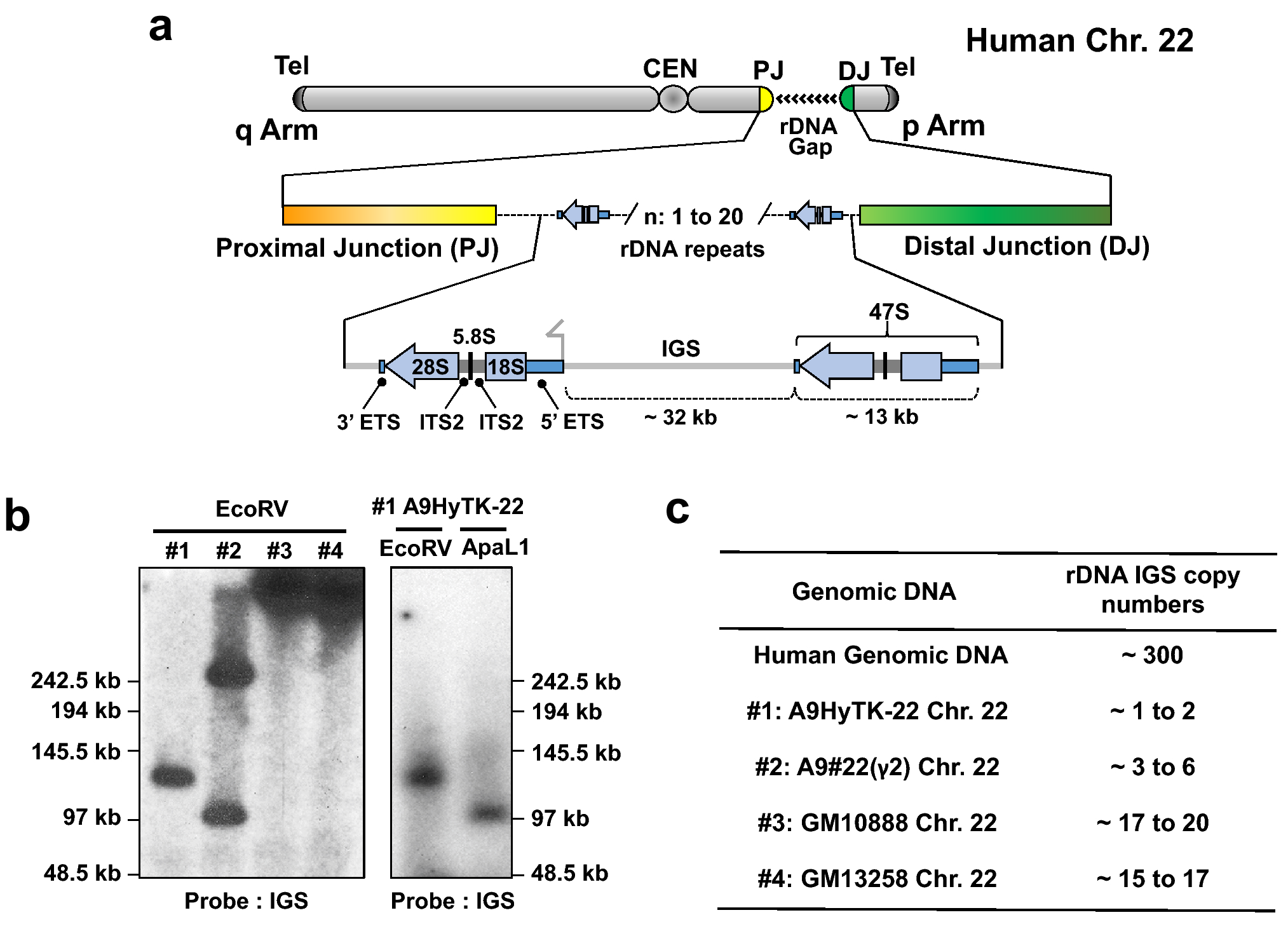



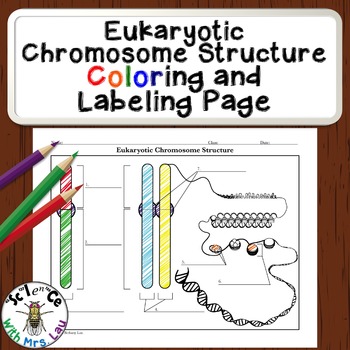


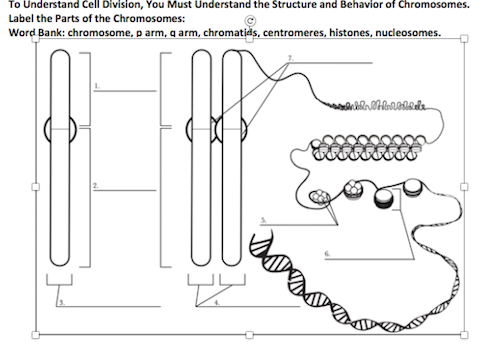
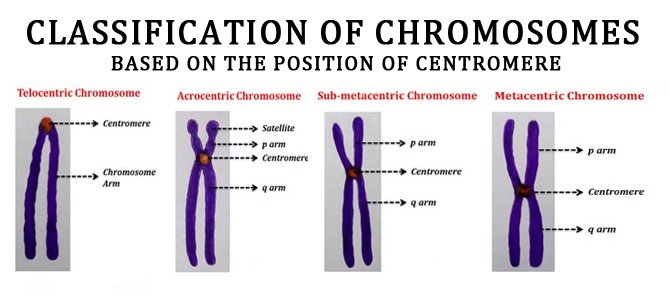




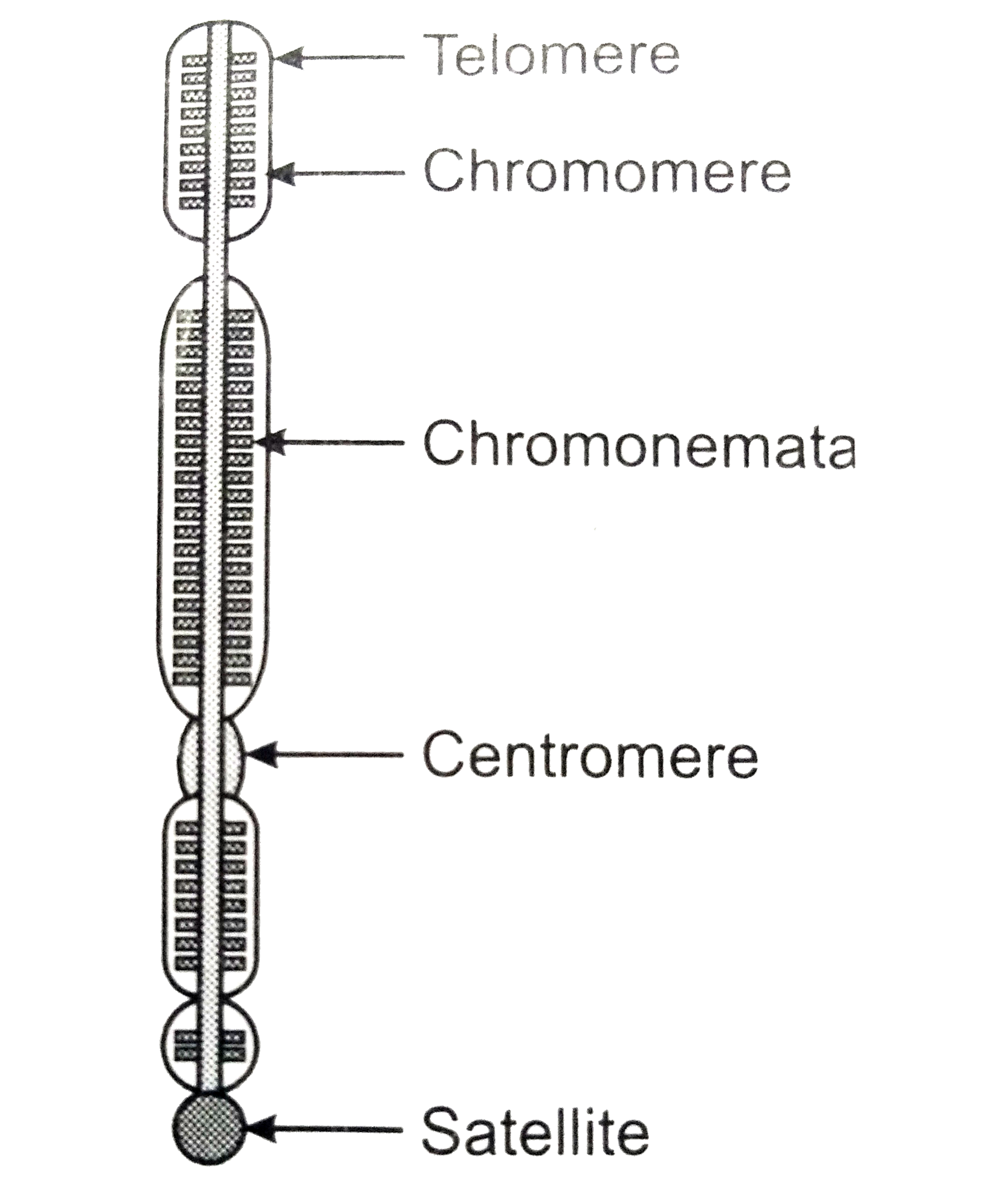
:max_bytes(150000):strip_icc()/chromosome_errors-dd8b305ed287487aac41f821554b686d.jpg)



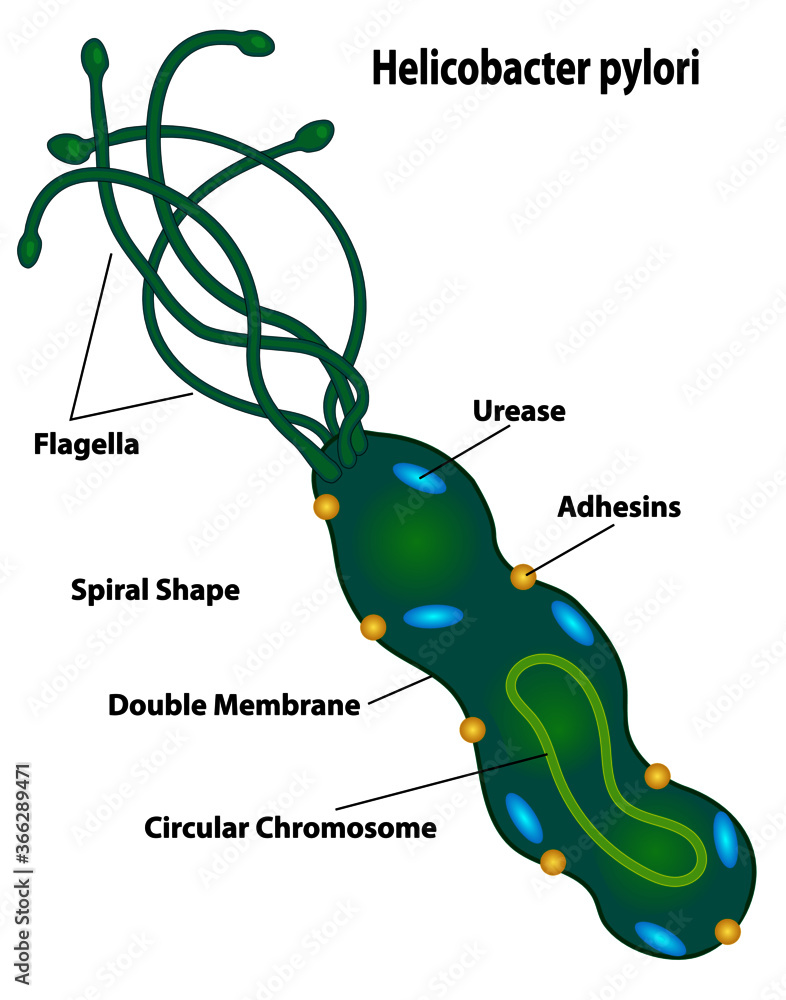








Post a Comment for "42 chromosome structure labeling"